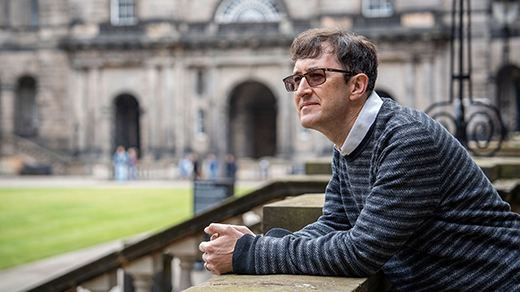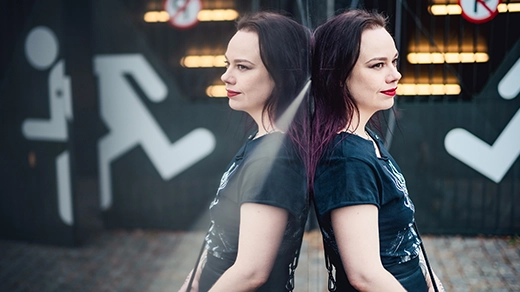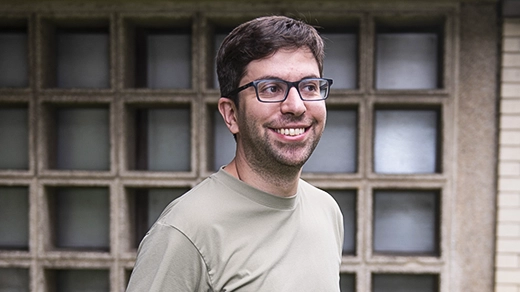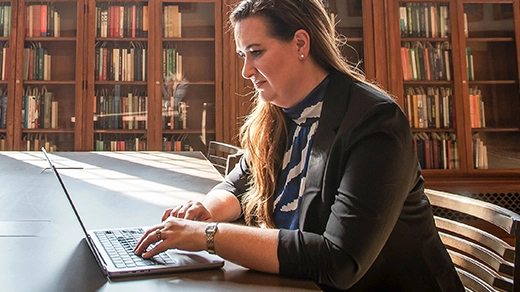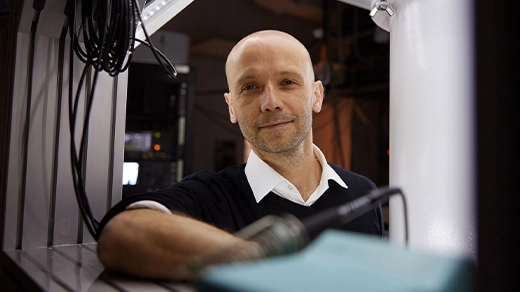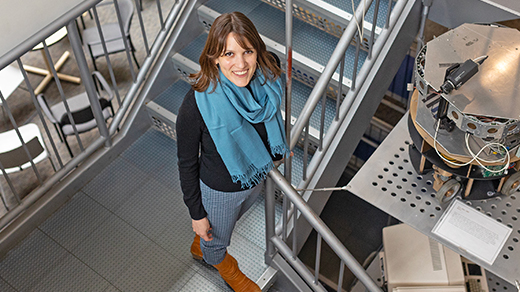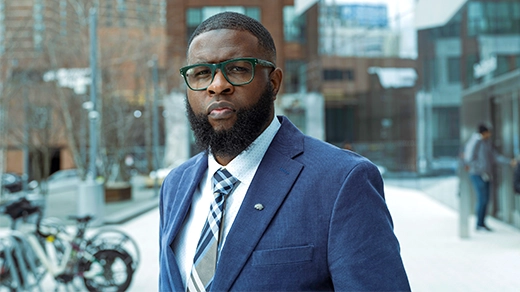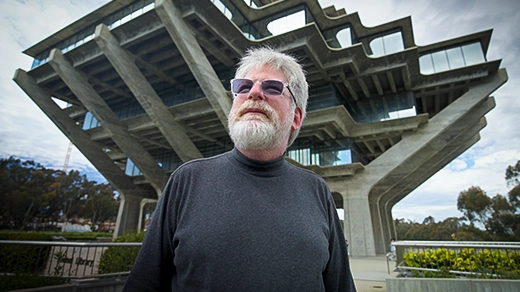What's up in
Q&A
Latest Articles
The Computer Scientist Who Builds Big Pictures From Small Details
To better understand machine learning algorithms, Lenka Zdeborová treats them like physical materials.
Can Space-Time Be Saved?
Curious connections between physics and math suggest to Latham Boyle that space-time may survive the jump to the next theory of reality.
The Logic That Must Lie Behind a New Physics
The philosopher Karen Crowther digs into how the space-time fabric could possibly emerge from something non-spatiotemporal.
Perplexing the Web, One Probability Puzzle at a Time
The mathematician Daniel Litt has driven social media users to distraction with a series of simple-seeming but counterintuitive probability puzzles.
With ‘Digital Twins,’ The Doctor Will See You Now
By creating digital twins of patients, Amanda Randles wants to bring unprecedented precision to medical forecasts.
He Seeks Mystery Magnetic Fields With His Quantum Compass
Alex Sushkov is updating an old technology with new quantum tricks in hopes of sensing the magnetic influence of dark matter.
Does AI Know What an Apple Is? She Aims to Find Out.
The computer scientist Ellie Pavlick is translating philosophical concepts such as “meaning” into concrete, testable ideas.
Pleasure or Pain? He Maps the Neural Circuits That Decide.
The work of the neuroscientist Ishmail Abdus-Saboor has opened up a world of insights into precisely how much pleasure and pain animals experience during different forms of touch.
The Researcher Who Explores Computation by Conjuring New Worlds
Russell Impagliazzo studies hard problems, the limits of cryptography, the nature of randomness and more.

